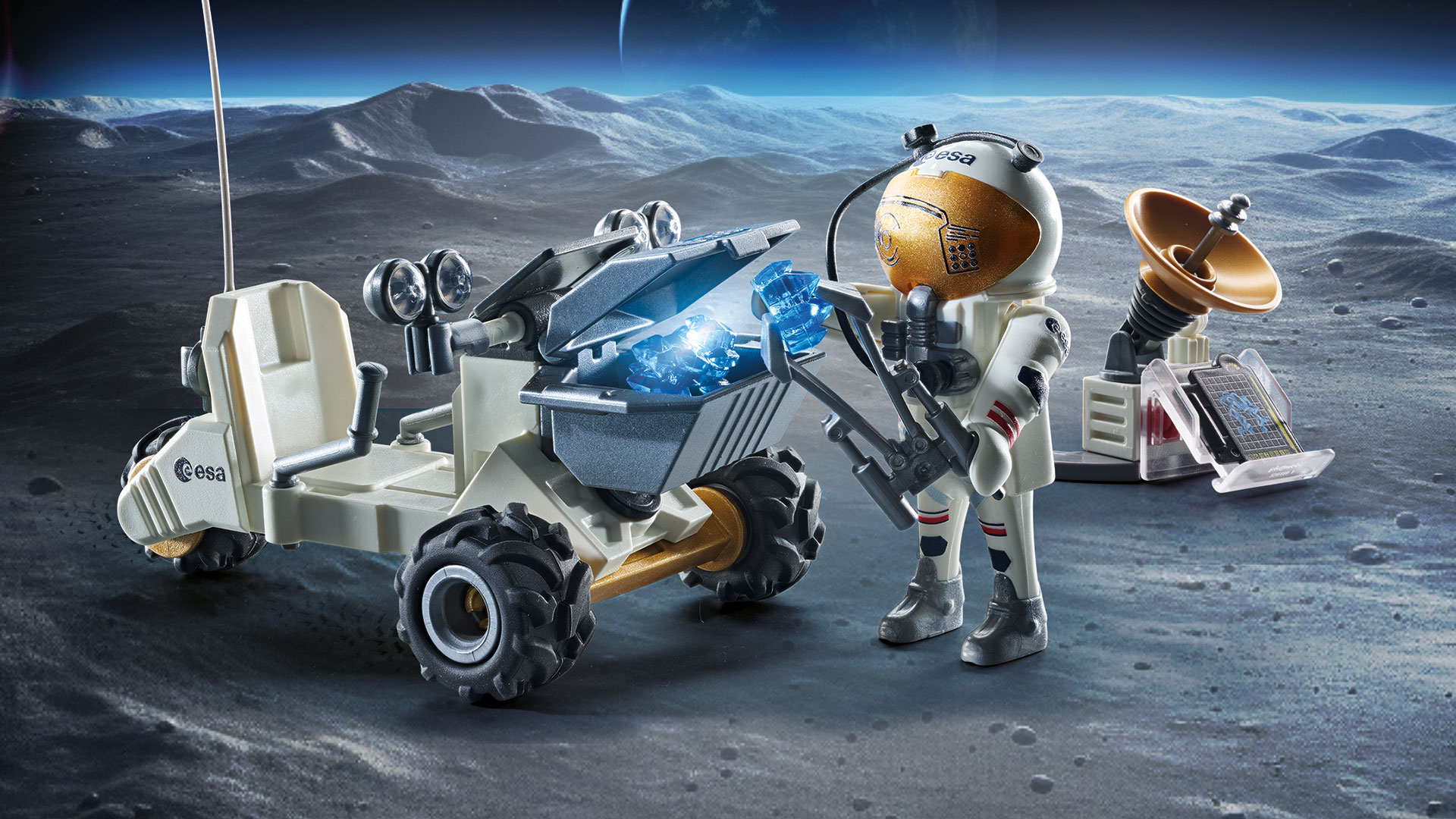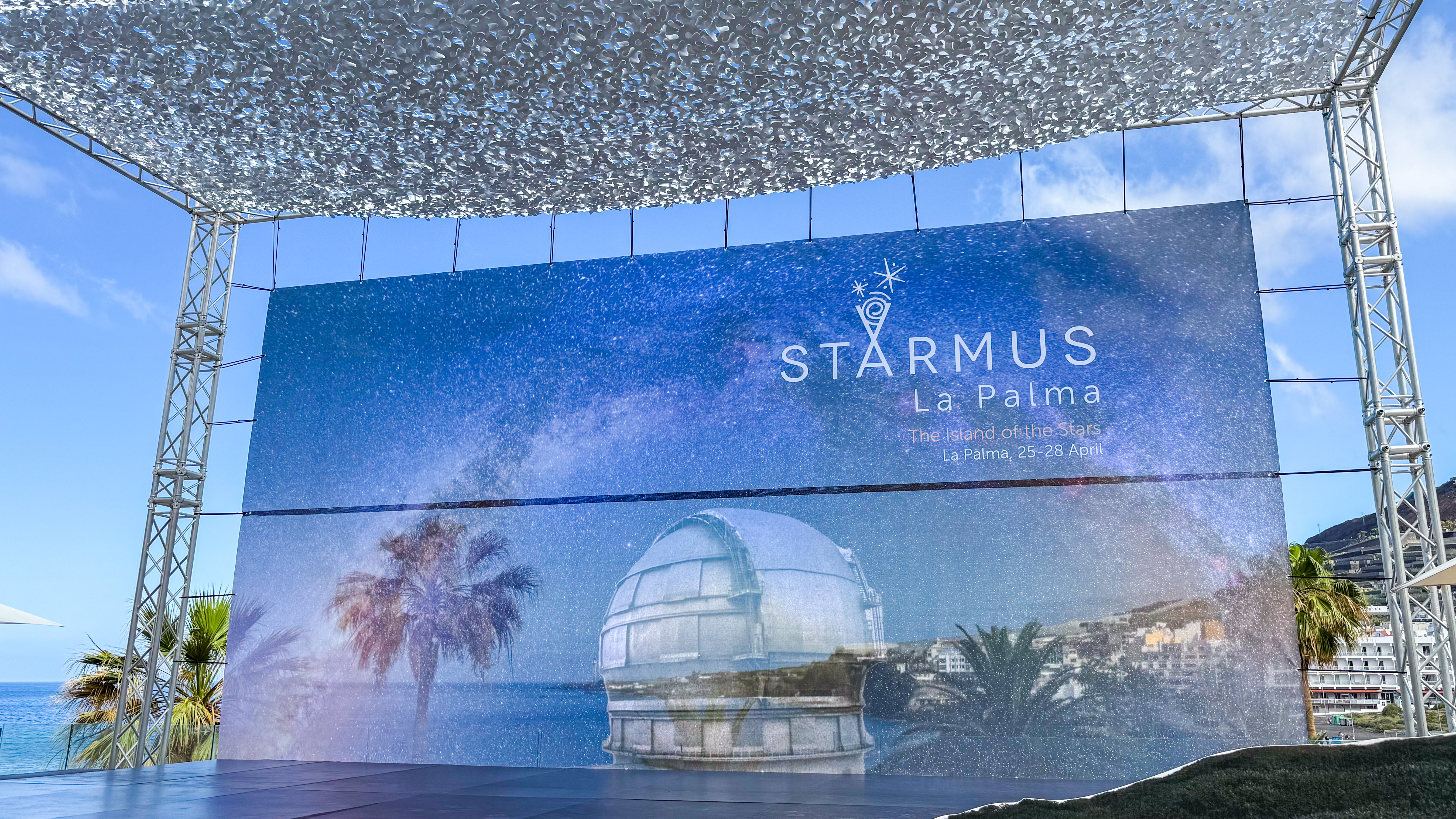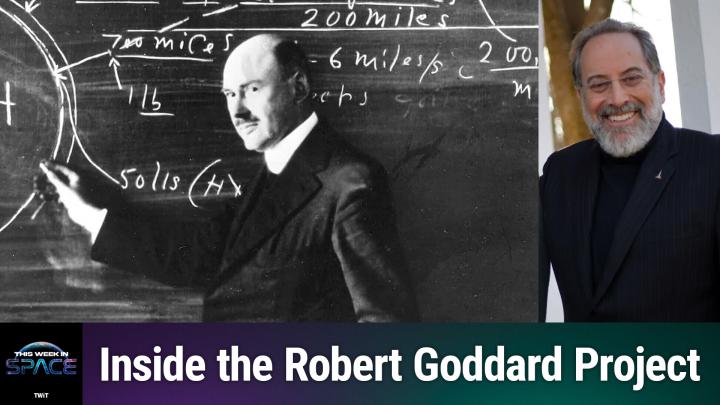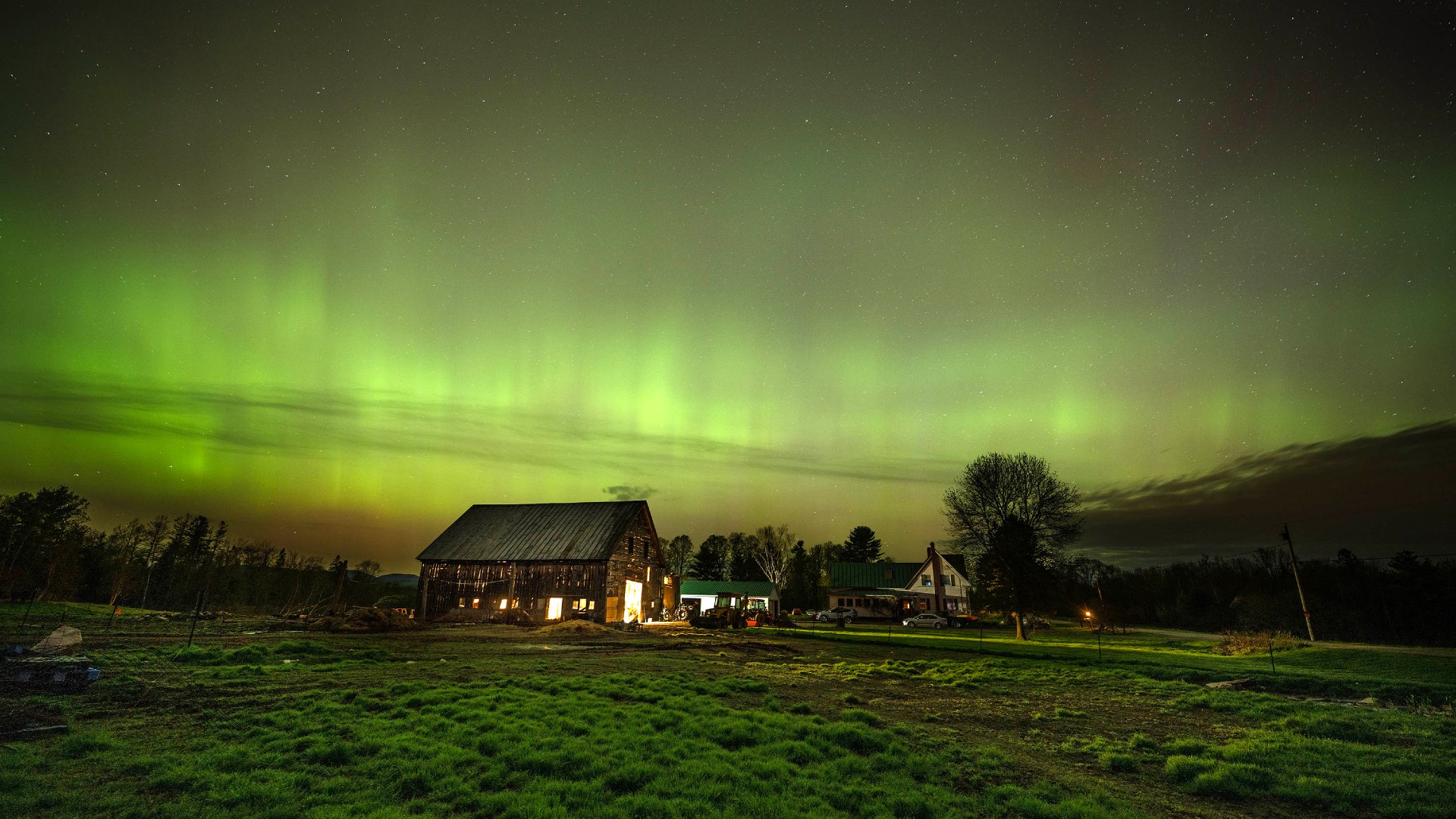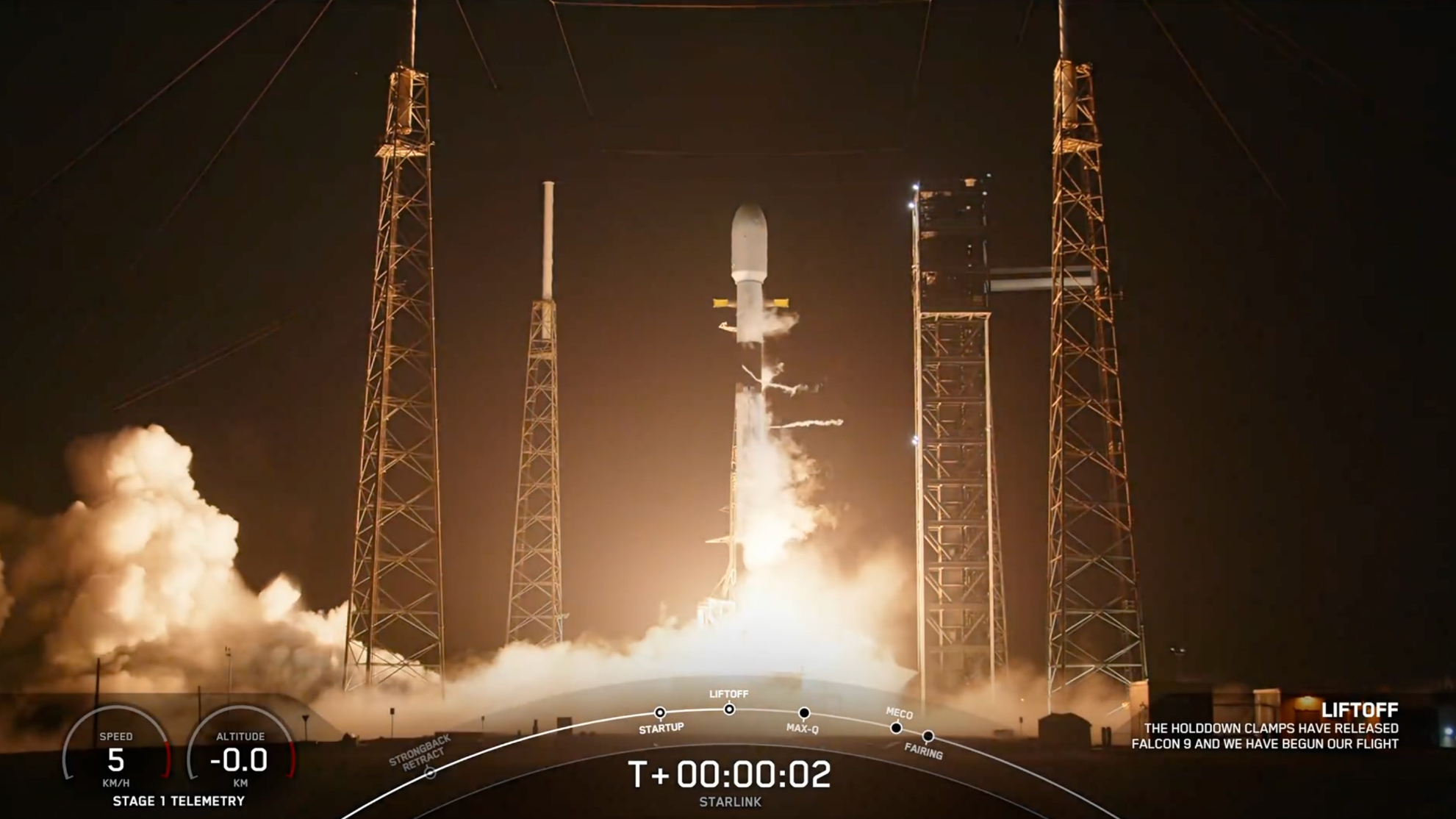Hubble Space Telescope Will Track Comet 46P/Wirtanen As It Flies Close by Earth
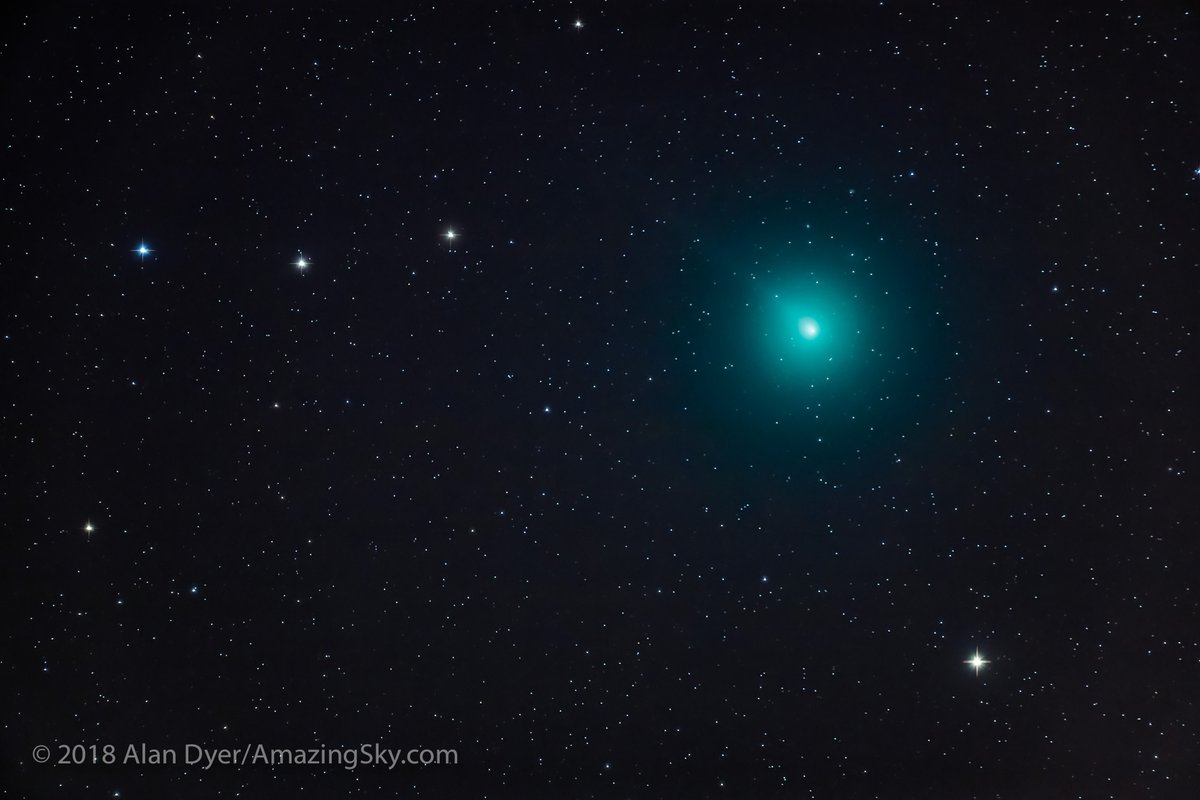
A comet is set to pass close to Earth this weekend, providing a treat for skywatchers — and for astronomers hoping to learn more about the building blocks of the early solar system.
The comet, named 46P/Wirtanen, will buzz by Earth in its closest approach at 8:06 a.m. EST (1306 GMT) on Sunday, Dec. 16. The comet will pass just 7,199,427 miles (11,586,350 kilometers) from Earth. That makes this one of the 10 closest comet approaches since 1950 and the 20th closest approach of a comet dating as far back as the ninth century.
During this closest approach, the comet will be visible to the naked eye (under extremely dark skies) and provide a rare event for skywatchers, according to a statement from Auburn University in Alabama. [Amazing Photos of Comet 46P/Wirtanen By Stargazers]
To spot the comet, "follow [the constellation] Orion's arm through his bow to the right and look for a fuzzy blob that is green compared to the stars around it," Dennis Bodewits, an astrophysicist from Auburn University, said in the statement. "Orion is always easy to find by the bright stars that make up his belt."
Besides providing a treat for skywatchers, the comet event will also offer a unique opportunity for astronomers. In fact, Bodewits plans to use three NASA telescopes — the Hubble Space Telescope, Chandra X-ray Observatory and the Neil Gehrels Swift Observatory — simultaneously to track the comet's path across the sky. He'll also use the instruments to collect data on the ices that make up the object and to study how chemical processes change the gas around it, according to the statement.
"These observations are like a space mission in reverse, because the comet flies by us," Bodewits said. "Because the comet comes very close to Earth, we can investigate the inner 200 kilometers [120 miles] around the nucleus, a region we cannot resolve for most comets."
Comets are icy bodies that whiz across the sky, releasing gas or dust. They are believed to be made up of leftover material that initially formed the solar system about 4.6 billion years ago.
Get the Space.com Newsletter
Breaking space news, the latest updates on rocket launches, skywatching events and more!
Comet 46P/Wirtanen appears to be very similar to another comet, called Hartley 2. That object visits the inner solar system about every 6.5 years and was one of the main targets of NASA's Deep Impact mission, which launched in 2005, according to the statement.
"Hartley 2 puzzled astronomers because it releases much more gas than was expected from its size," Bodewits said. "Comparing [the] two will allow us to learn more about how comet activity works."
The observations collected during Sunday's close approach will also provide important context for both the Rosetta and Deep Impact missions, which are designed to study comets up close, the statement said.
Launched in 2004, the Rosetta mission taught scientists more about the makeup of a comet's nucleus and the origin of our solar system, Bodewits said.
"It unexpectedly found a lot of molecular-oxygen gas and discovered that electron collisions can change the comet gas," Bodewits said in the statement. "These are both important, because they inform us what ices made up the building blocks of our solar system and how they were altered by light and radiation from the sun."
Since 46P/Wirtanen is passing close by Earth, Bodewits plans to observe the comet using as many telescopes as possible, he said. In turn, the data may help researchers learn more about the early solar system.
"The timing of this comet could not be better, as our observations will allow us to apply all we learned from Rosetta to a completely different comet," Bodewits said.
Follow Samantha Mathewson @Sam_Ashley13. Follow us @Spacedotcom, Facebook and Google+. Original article on Space.com.
Join our Space Forums to keep talking space on the latest missions, night sky and more! And if you have a news tip, correction or comment, let us know at: community@space.com.

Samantha Mathewson joined Space.com as an intern in the summer of 2016. She received a B.A. in Journalism and Environmental Science at the University of New Haven, in Connecticut. Previously, her work has been published in Nature World News. When not writing or reading about science, Samantha enjoys traveling to new places and taking photos! You can follow her on Twitter @Sam_Ashley13.
